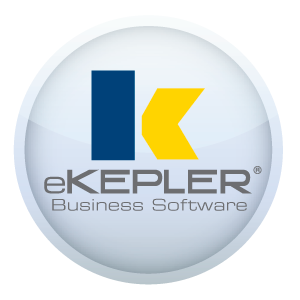
In recent years the use of Electronic Accounting in Mexico has represented a great challenge to all taxpayers and especially for companies operating in Mexico, as it has gone from being optional to mandatory.
Nowadays, the new Electronic Invoicing (CFDI 3.3) is the only type of invoice valid to the Mexican tax authority (SAT), this has allowed SAT a better control and a wider and easier tax collection process.
For the SAT, the use of electronic methods such as invoice, payroll, payments etc. have represented a great opportunity for tax collections, and now with the implementation of the Electronic Accounting, this will allow the SAT to keep in view all of the taxpayer’s operations practically in real time.
These changes required that every company operating in Mexico must have a better and greater control of all of the accounting operations that occur inside the company, by implementing tools that help the company comply with these new regulations. These tools must not only comply with all the tax requirements but also empower the company to fully operate in an easy and transparent way.
An ERP, (Enterprise Resource Planning) software will allow the company to integrate all the departments on a single platform, allowing all processes to be integrated and manage in a single system; In other words, an ERP software represents the “backbone” of a company.
An ERP system must contain three basic principles:
Electronic Accounting in Mexico
Electronic Accounting in Mexico
-
It must be adaptable and compatible with your current business model, all of this connected in a single database.
-
It must have dynamic workflows that allows the company to define and automate all business processes.
-
It must fully integrate the accounting data. That is, it must comply with the new tax requirements and fully integrate with the rest of the company’s operations.
Having said that, we must understand that an adequate ERP system must not only comply with all the tax requirements, but also must have the flexibility to adapt to the current operation of the company allowing the new tax provisions to be integrated easily into the current business process inside the company.
For example, the generation of an electronic invoice must be aligned with the current sales and delivery process of the company in such a way that it automates and speeds up the process, linking at the same time the CFDI 3.3 required by the SAT and updating the accounts receivable, inventories and creating the journal voucher. It is important to emphasize that the XML or CFDI fila has to comply with all the CFDI 3.3 updates that are currently required by the SAT. All of this in a single platform, without having to rely on third party applications that only confuse the final user.
Another example of this integration can be found in the purchases and supply department. Since the new tax provisions in Mexico require each company to link every purchase or expense with an XML file, we can take advantage of this by requesting the XML file when receiving goods or services, then when we upload the file to the ERP system this will automate the purchasing process by showing the goods that are being purchased based on the XML file being uploaded, decreasing the processing time, reducing human errors and at the same time complying with the new tax requirements.
An ERP system must help the organization not only to comply with each of the new tax requirements in Mexico, but also by integrating this with all the departments involved in the operation of the company. We must keep in mind that at the end of the day all the accounting information or data is a reflection of the day-to-day operations that happen inside the organization. Only then the financial information will provide a clear and true picture of the company’s health.

